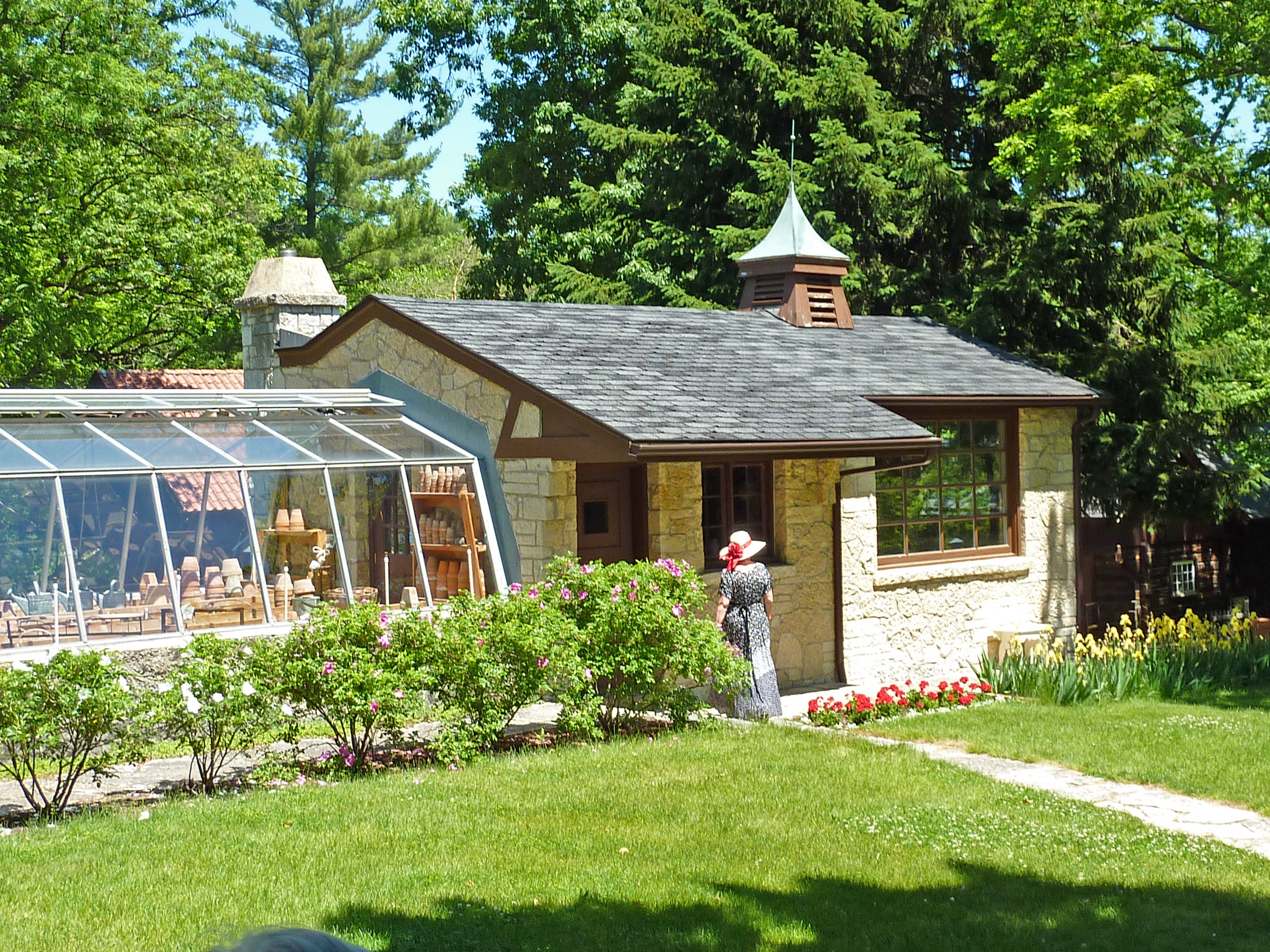Walipini Greenhouse: What You Need to Know
If you’re looking to grow a variety of vegetables, fruits, and herbs year-round, a walipini greenhouse may just be the answer to your gardening needs. Nicknamed the “underground greenhouse”, a walipini is an incredibly effective and efficient way of growing food with minimal maintenance and expense.
What is a Walipini?
The walipini is a greenhouse that is dug into the earth, sometimes up to 6 feet deep (though this size is not essential). It’s often built into a slope with the wide end facing south, which allows for natural capture of the sun’s heat and ultraviolet rays. Because it’s built into the earth, it also maintains a consistent temperature, unlike open-air greenhouses. This helps make it a popular choice for growing in regions with cooler climates.
Benefits of Building a Walipini Greenhouse
- Lower energy costs. Your walipini will maintain a consistent temperate without the need of expensive heating systems.
- Less need for insects and pest control. Due to the enclosed nature of the walipini, you can reduce the impact of harmful insects and pests.
- Shorten your growing season. With a walipini, you can begin planting earlier in spring time, and harvest well into the cold winter months.
How to Build a Walipini Greenhouse
- Choose a location. Ideally your walipini should be built on south-facing land that slopes towards the sun for the best exposure.
- Dig the pit. Measure and dig your hole for the trench, making sure to leave around 6 feet at the highest end. Line the trench with concrete blocks.
- Install framing. Place long poles around the perimeter of your trench, then attach metal or wooden frames for support. Make sure to seal any openings with plastic sheeting.
- Cover and insulate. Cover the frame with plastic sheeting to protect your plants from the sun’s rays. Line the walls with additional insulation.
- Install your shelves. Install shelves for growing your plants and vegetables. You will also need to install vents and fans for air circulation.
- Add the final touches. Install gutters and downpipes along the sides of your walipini to capture rain and snow, and provide additional insulation.
Tips for Growing in a Walipini
- Check your climate. It’s important to keep in mind the variance of temperatures when deciding what crops to grow in a walipini. Some plants are more sensitive to heat, and so may suffer from warmer climates.
- Create the perfect environment. Keep an eye on the temperature and humidity levels, and make sure to water regularly and install fans or exhausts for adequate ventilation.
- Mulch your crops. Mulching can help keep moisture in and maintain consistent temperatures.
With the right know-how and a bit of planning, you can create a beautiful and highly productive walipini greenhouse. Enjoy the satisfaction of growing your own food and experiencing nature’s bounty all year-round!



